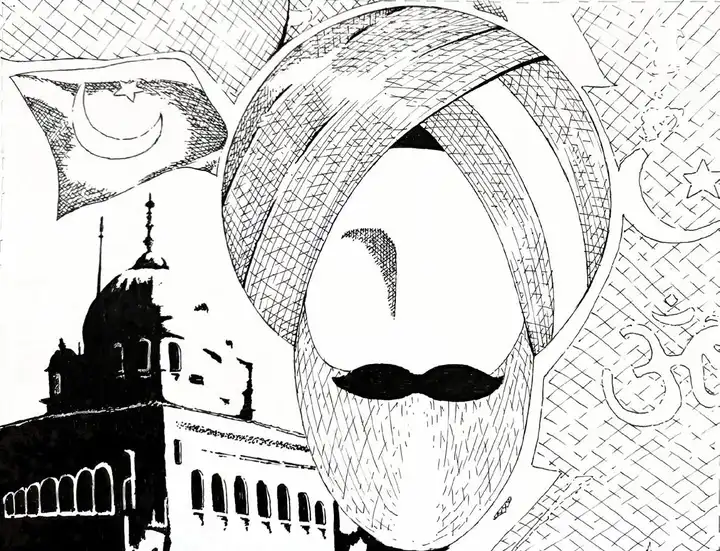
1 minute read
KHALISTAN RESURGENCE
from Issue 121
The years between 1986 to 1988 marked a time when fear and terror reigned in Punjab. As a border state, it had lived through terrible times during the partition of India in 1947. The 80s saw Punjab caught in the Khalistan movement which demanded the creation of a separate nation for the Sikhs on the basis of religion and language. Political clashes, social unrest, loss of lives, and tales of terror remain etched in red in the memory of all those who had lived through those days and survived to tell the tales. Punjab since then has moved on. Over the course of more than fifty years, Punjab became synonymous with ‘Kesari’, the army, and the legendary ‘butter chicken’. It has its fair share of problems ranging from agriculture- the recent farmer’s protest being proof of it, to ‘Udta Punjab’, the heavy narcotics consumption amongst the Punjabi youth, a clear sign of simmering economic, and social issues. The ‘Khalistan issue’ however remained a nightmare relegated to the past with no-takers in today’s Punjab. For a few among the Sikh diaspora abroad, however, the Khalistan movement and its desire for a separate Sikh state have survived in many incarnations. While the movement lost momentum in the late 1990s, recent incidents indicate a possible resurgence of the Khalistan movement. Unknown till even 6 months back, Amritpal Singh, descended on Punjab from Dubai. The 29-year-old, a self-professed follower of the slain terror-kingpin Jarnail Singh Bhindranwale, took up the reigns of a lesser-known Sikh separatist group, ‘ Waris Punjab de’. He styled himself after Bhrindranwale and now projects himself as his heir, both in approach and ambition. Traversing the length and breadth of rural Punjab,

Advertisement
Singh’s attempt to draw the youth into Sikhism rings well with the people but his cries for violence, do not. An uproar broke out on February 23rd of this year when hundreds of Singh’s supporters clashed with the police outside the Ajnala police station, near Amritsar. They were calling for the release of Singh’s aide, who had been detained in connection with a kidnapping case. This was Punjab's second such attack on the police in a fortnight. Incidents such as these are being connected to the rebirth of the movement, evoking a question of whether the Khalistan movement will rise again. While some experts believe that the movement's revival is unlikely to succeed, others argue that the current political climate is conducive to it, with the AAP government choosing to stay completely silent over the growing tensions. The Khalistan movement's resurgence in Punjab is a matter of concern for both India and the international community. In a region with a difficult past and festering internal issues, the state and the central government must work in tandem to bring peace and harmony to a community who are, an d remain an indivisible part of India.




